
Starting June 1st, 2023 Our warehouse fee will be $0.65/cubic foot per month
In effort to lower the warehouse storage fee during inflation, we have went narrow aisle racking.This construction took us four months but the project is finally completed. With narrow aisle racking, we are able to drop storage by 24%.We as partners will go through this inflation together.
02/20/2023
The U.S. warehousing market is seeing a slowdown in leasing activity as we head into 2023. According to a new report by Cushman & Wakefield, companies leased 132 million square feet of industrial space in Q4 2022, down 28.2% from Q3. This marks the second consecutive quarter of decline in leasing, and is a turnaround from the pandemic-driven boom in industrial real estate demand.
This pullback comes as companies delay decisions on new storage and distribution space due to concerns about a potential recession. After years of rapid expansion in warehousing construction and leasing, there is a natural cooling off period happening now. Carolyn Salzer, Americas head of logistics and industrial research for Cushman & Wakefield, notes that this is a normal correction after the extreme acceleration of the past couple of years.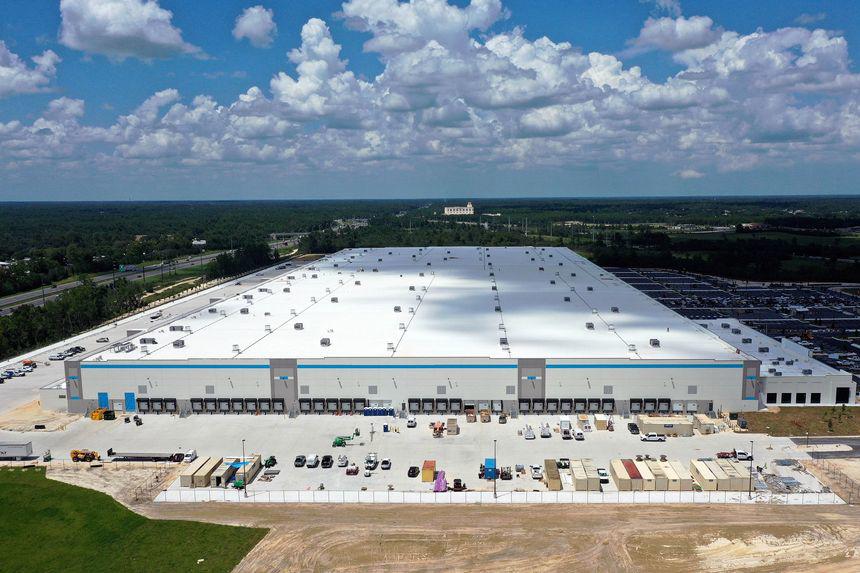
For the last few quarters, companies have halted their lease of additional warehouse space. An Amazon warehouse project in Syosset, New York, shown above.
During the pandemic, online shopping surged, leading companies to scramble for warehouse space to get goods closer to consumers. However, retailers have been slowing down their inventory restocking since mid-2022, and companies that were once rushing to expand their logistics capacity are now rethinking their plans.
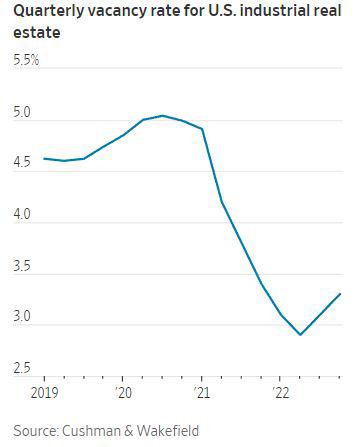 Amazon, which doubled the size of its fulfillment network in just two years as its business surged, has also started to cut back on growth in its warehousing operations. The company is now subleasing some of its space, and has announced plans to lay off more than 18,000 employees as it seeks to cut costs.
Amazon, which doubled the size of its fulfillment network in just two years as its business surged, has also started to cut back on growth in its warehousing operations. The company is now subleasing some of its space, and has announced plans to lay off more than 18,000 employees as it seeks to cut costs.
Despite the slowdown in leasing, the warehousing market remains tight, with a vacancy rate of 3.3% in Q4 2022. This is up from 3.1% in the previous quarter, marking the second consecutive quarter of increase after two years of tightening availability. Nevertheless, the amount of empty space remains far below the 5% average vacancy rate in 2020.
For the full year 2022, companies leased a net total of 756.8 million square feet of industrial space, down 18% from the previous year. This slowdown in leasing activity raises the potential for a glut of new warehouse space in the coming months, with 682.6 million square feet of new development in the construction pipeline. About 83% of the new space is being built without tenants lined up, which is known in the real estate sector as speculative projects.
This is a cause for concern, particularly in markets in regions such as the Western U.S. and the Northeast, where leasing slowed more than the national average. Developers are also facing financing challenges, and are thus scaling back their plans for new projects. According to the report, the amount of new space under construction was down 4.3% compared with the previous quarter.
Developer
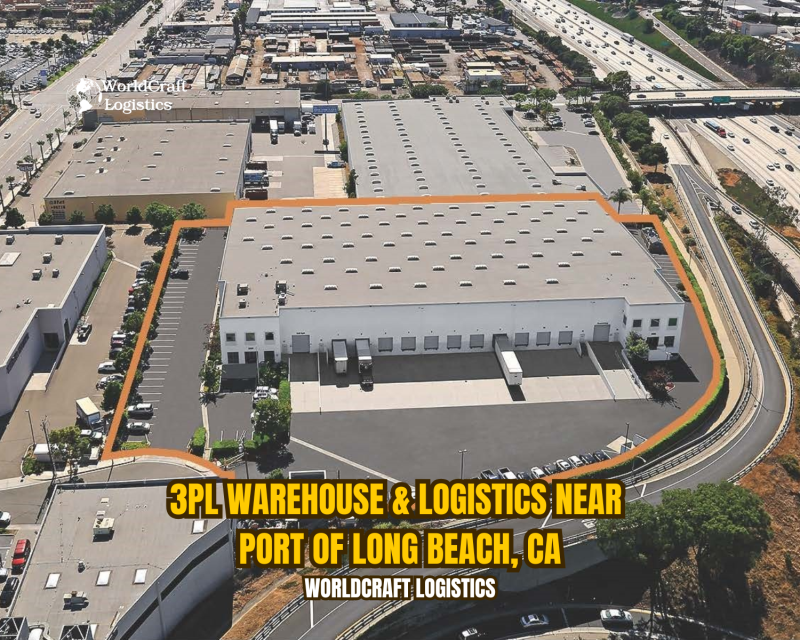
Warehouse
12/30/2024

Warehouse
06/16/2024

Warehouse
03/03/2024
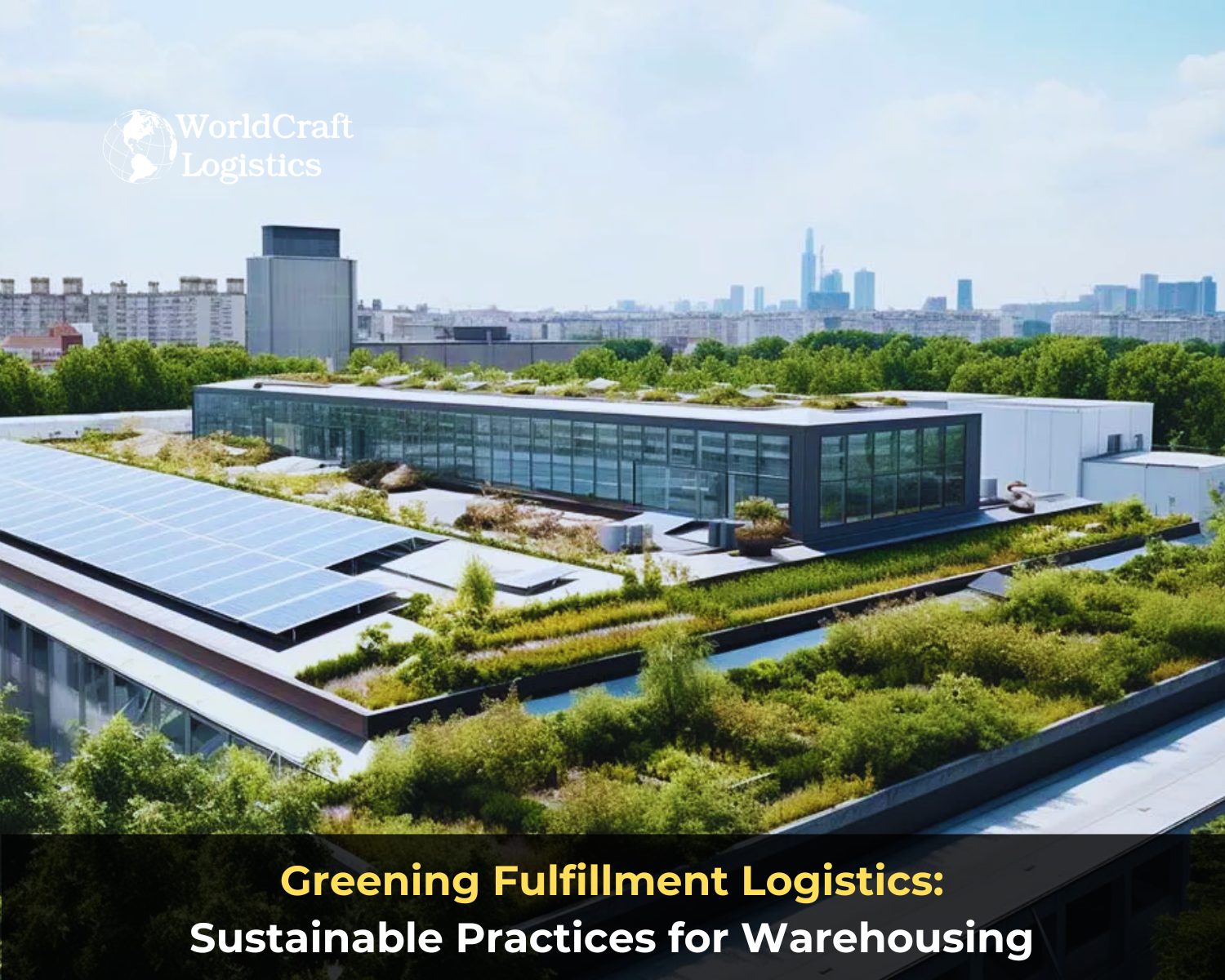
Warehouse
08/25/2024
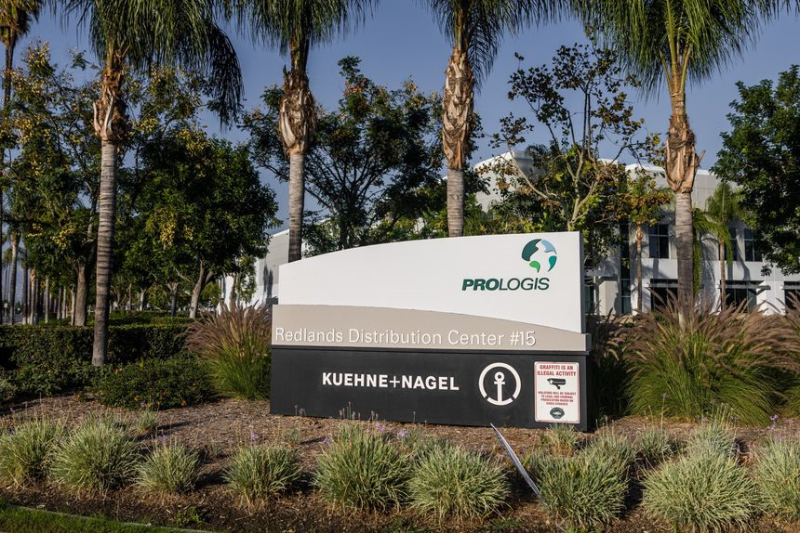
Warehouse
02/20/2023